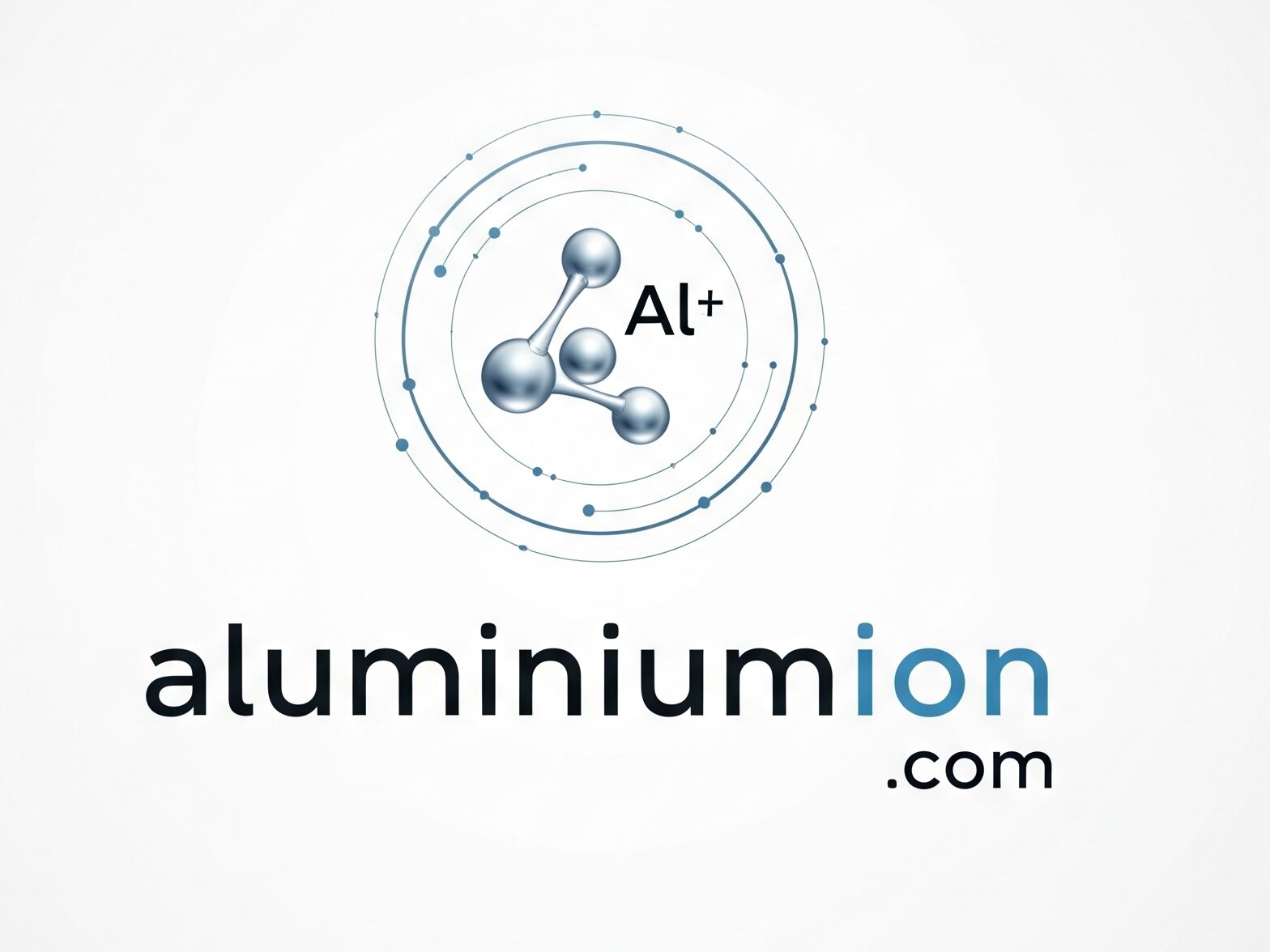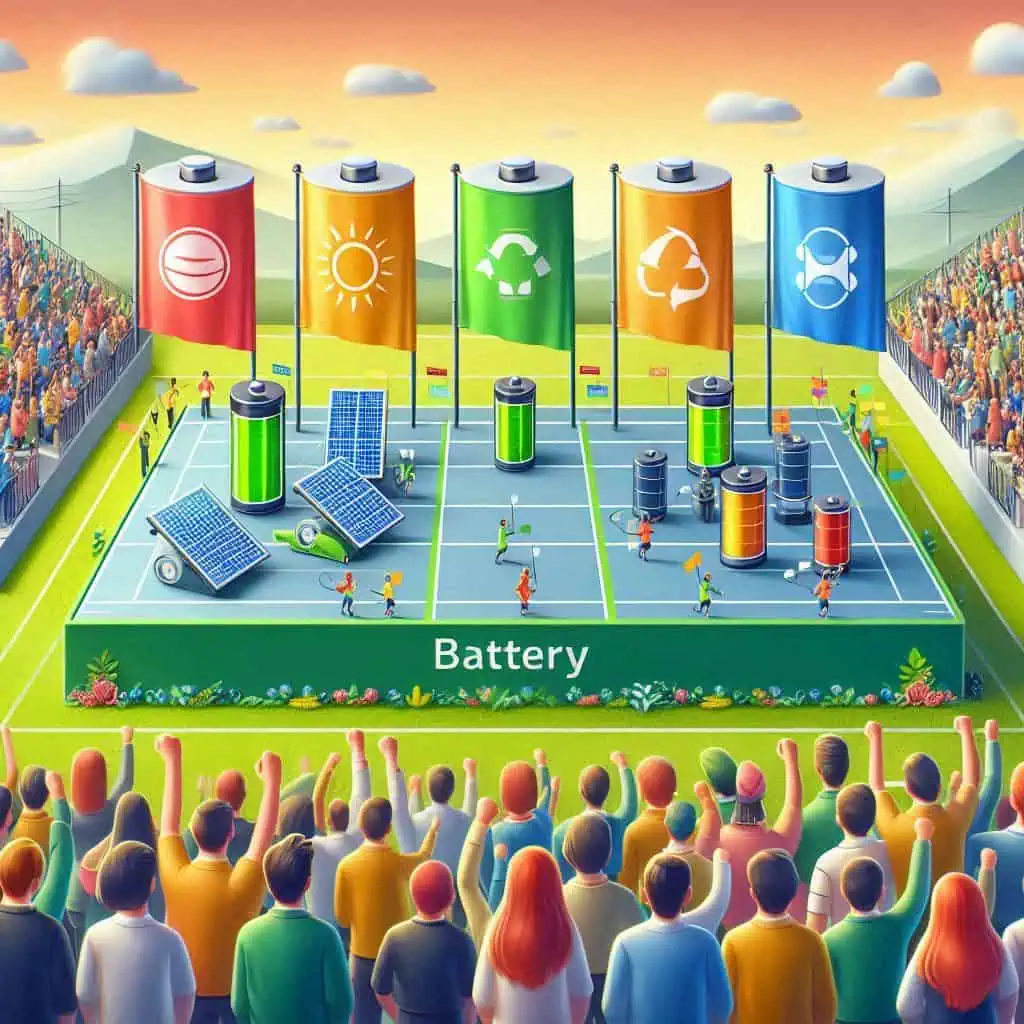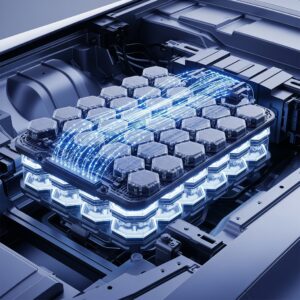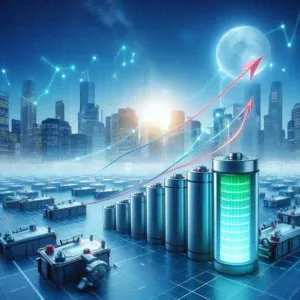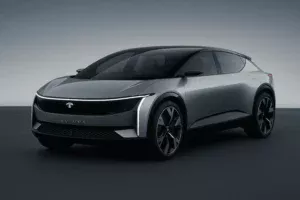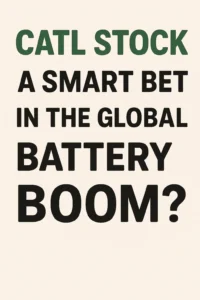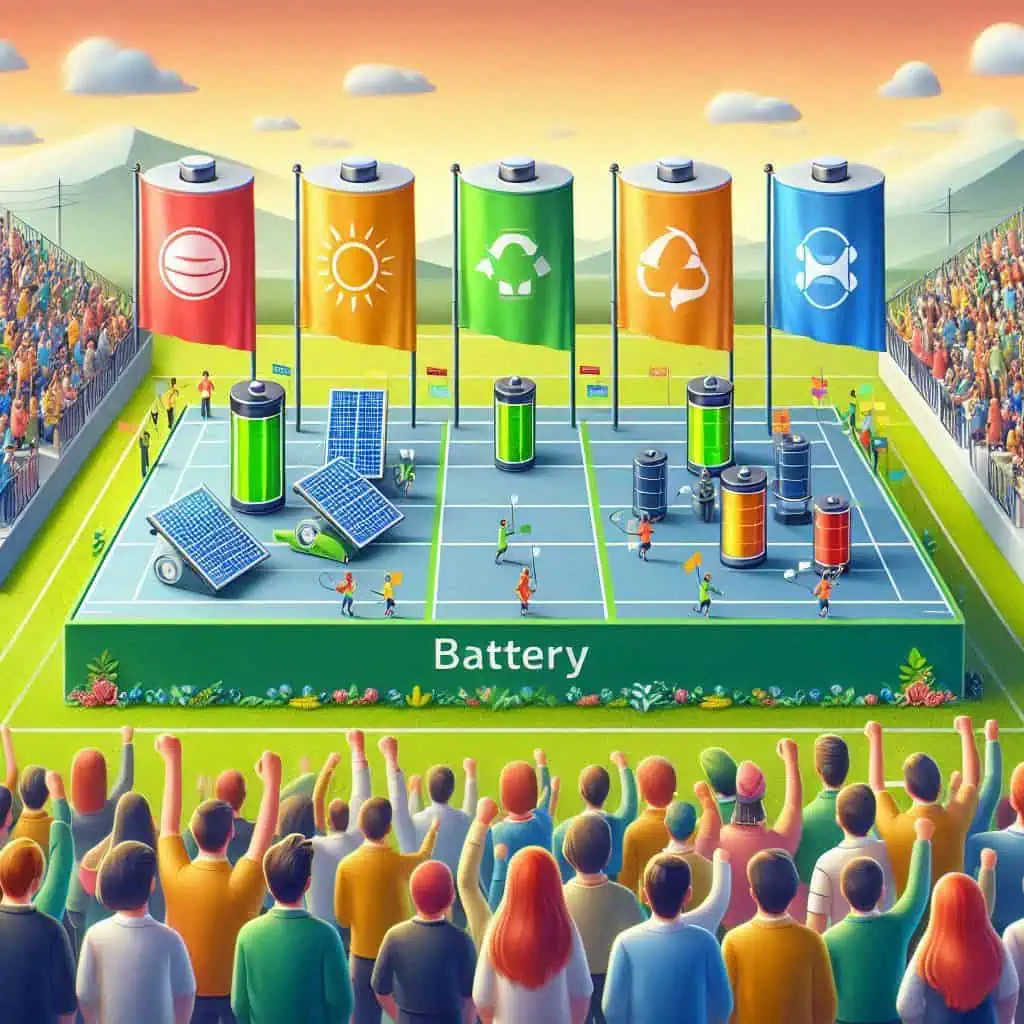
The Ultimate Energy Storage Faceoff
While the world debates lithium-ion alternatives, two technologies are racing for dominance:
- Aluminium-ion batteries (Niche – faster charging, safer)
- Solid-state batteries (Toyota/QuantumScape – higher density)
Here’s why this battle matters for every industry from EVs to smartphones.
Round 1: Charging Speed ⚡
| Technology | Charge Time (0-80%) | Real-World Example |
|---|---|---|
| Aluminium-ion | 3-5 minutes | EV charges during coffee stop |
| Solid-state | 15-20 minutes | Still requires lunch break |
| Lithium-ion | 45-90 minutes | Overnight charging |
Winner: Aluminium-ion
Round 2: Safety 🔥
Aluminium-ion:
- Water-based electrolytes
- Can be punctured without explosion
Solid-state:
- Still uses flammable lithium
- Dendrite risk not fully solved
Winner: Aluminium-ion
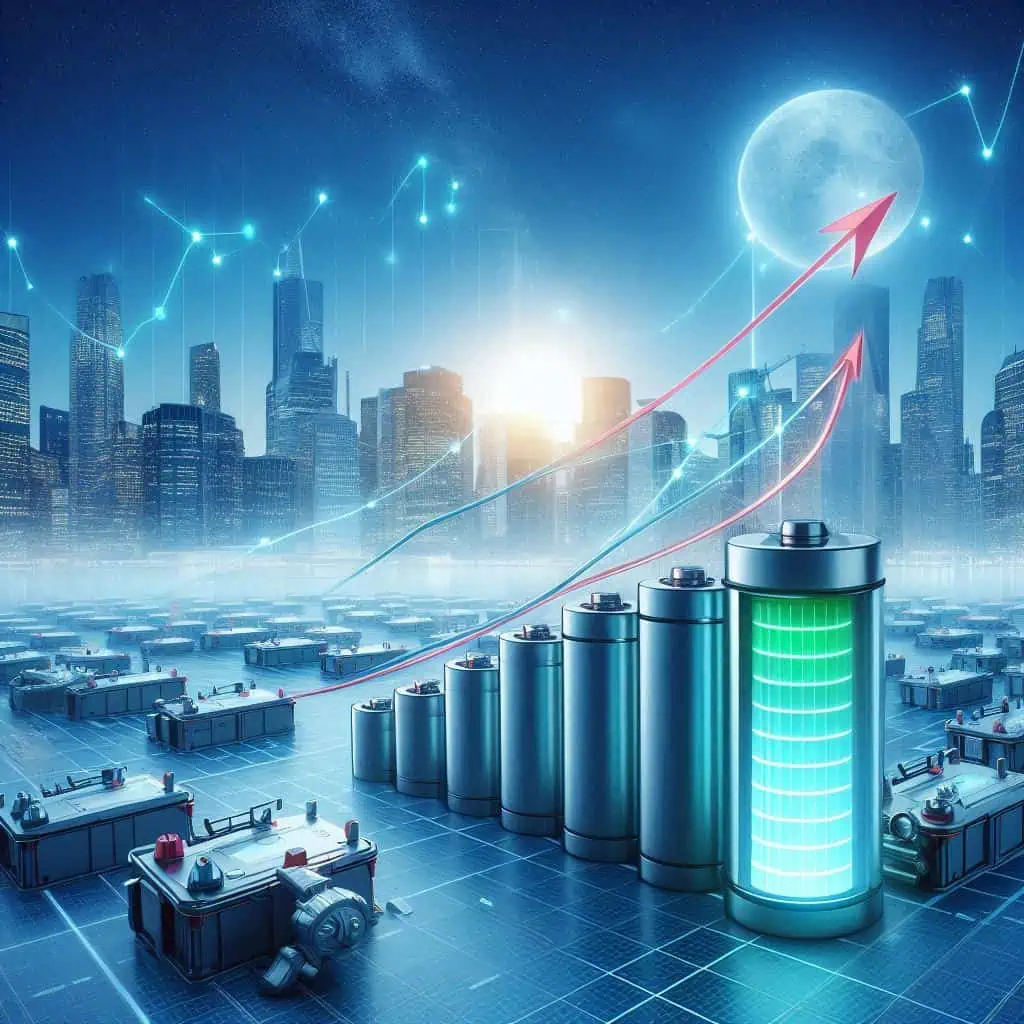
Round 3: The Cold Hard Truth About Costs
(Data source: BloombergNEF )
| Technology | Cost/kWh (Projected 2027) |
|---|---|
| Aluminium-ion | $45 |
| Solid-state | $90 |
| Lithium-ion | $110 |
Key Insight: Aluminium’s abundance makes it the only solution for developing nations.
Who’s Betting on Each Technology?
Aluminium-ion All-Stars:
- Saturnose (Backed by UAE sovereign wealth)
- GMG (Boeing partnership)
- Chinese EV startups (Avoiding lithium sanctions)
Solid-state Players:
- Toyota ($13B investment)
- QuantumScape (VW-backed)
- Samsung SDI

The Verdict: Which Tech Will Win?
Short-term (2024-2028):
- Solid-state for luxury EVs
- Aluminium-ion for mass-market (price advantage)
Long-term (2030+):
Hybrid solutions likely (aluminium-solid-state combos)
5 Actionable Takeaways
- For Investors: Diversify across both technologies
- For Engineers: Focus on aluminium cathode innovations
- For Consumers: Wait until 2025 for 1st-gen products
- For Policy Makers: Subsidize aluminium recycling
